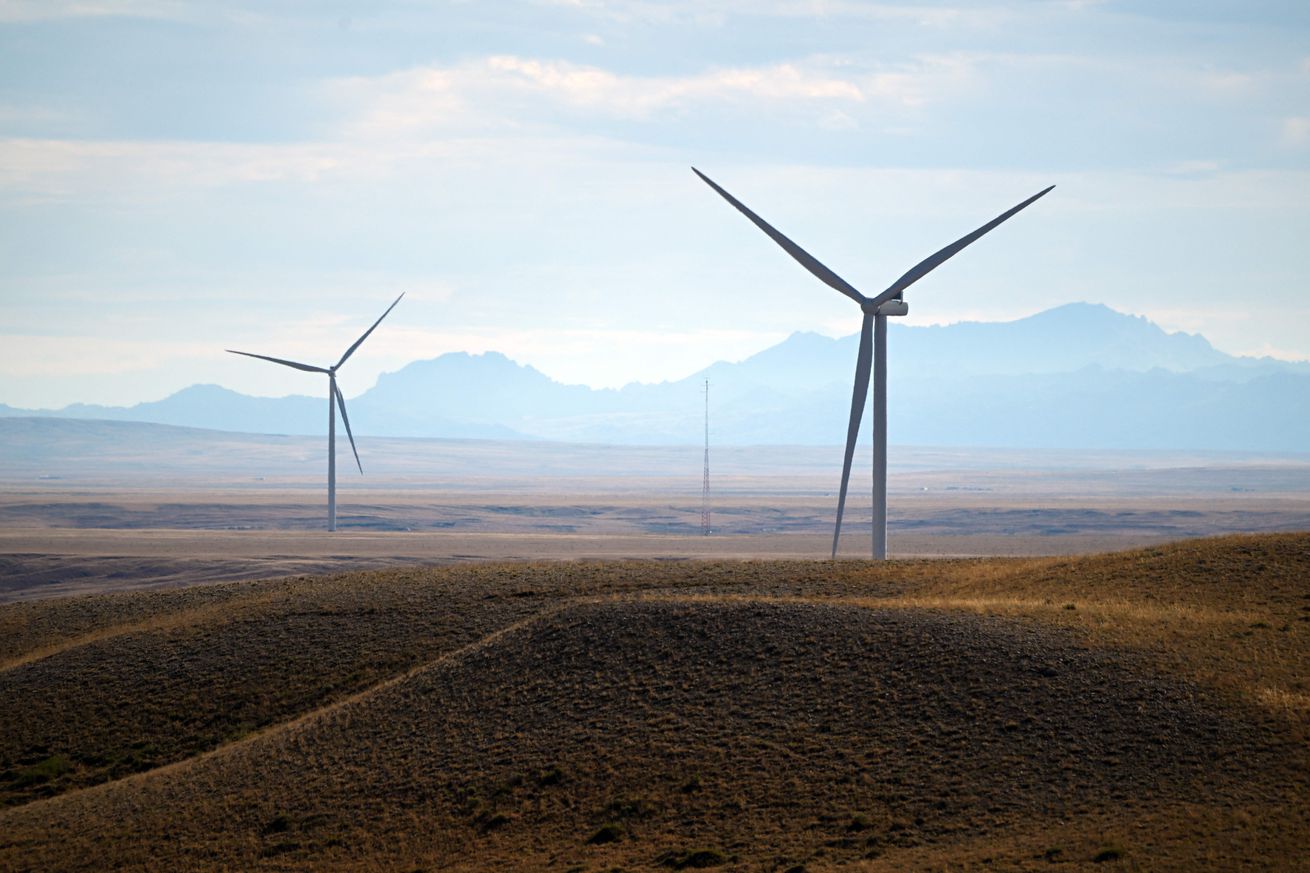
Adding clean energy to the US power grid just got a lot easier
A new rule aims to speed up the time it takes for renewable energy projects to connect to the grid — and clean energy advocates are celebrating.
The Federal Energy Regulatory Commission (FERC) decided yesterday to overhaul the process for approving new energy projects, which had become a serious holdup for renewable energy growth in the US.
“This is a watershed moment for our nation’s transmission grid,” FERC Chair Willie Phillips said in a press release yesterday.
“This is a watershed moment for our nation’s transmission grid.”
As it is now, it takes an average of five years for a new energy project to connect to the grid. There’s a huge backlog of more than 2,000 gigawatts of clean energy generation and storage that’s just waiting in line for approval. That’s about as much capacity as the nation’s existing power plants have for generating electricity today.
Delays were expected to get even longer with renewable energy projects picking up steam as wind and solar energy costs fell below that of building new coal or gas power plants. FERC’s old way of doing things was designed for a grid dominated by fossil fuels. In the past, developers might only have focused on several large-scale power plants at a time. More recently, they might be juggling thousands of smaller solar, wind, and battery projects, The New York Times reports. Renewables tend to fan out over a more distributed network of energy sources.
To clear the backlog, the new federal rule will require grid managers to assess projects in clusters instead of one at a time. They’ll also face firm deadlines and penalties for failing to finish interconnection studies on time. The new rule prioritizes projects that are the farthest along in development and also includes new requirements for project developers, like financial deposits to discourage them from proposing projects that might not pull through.
Today, renewable energy makes up just over 20 percent of the US electricity mix. A five-year wait time isn’t going to cut it if the Biden administration wants to reach its goal of achieving a 100 percent clean power grid by 2035. Added capacity would also come in handy during sweltering heatwaves like those of this summer, when electricity demand spikes for air conditioning. Two of the nation’s largest grid operators issued alerts about potential energy shortages for that reason this week.
Clean energy trade groups and environmental organizations lauded the changes. The American Clean Power Association called FERC’s move a “much-needed action … which is a key step towards allowing new clean energy resources to predictably and cost effectively interconnect to the electric grid.”

